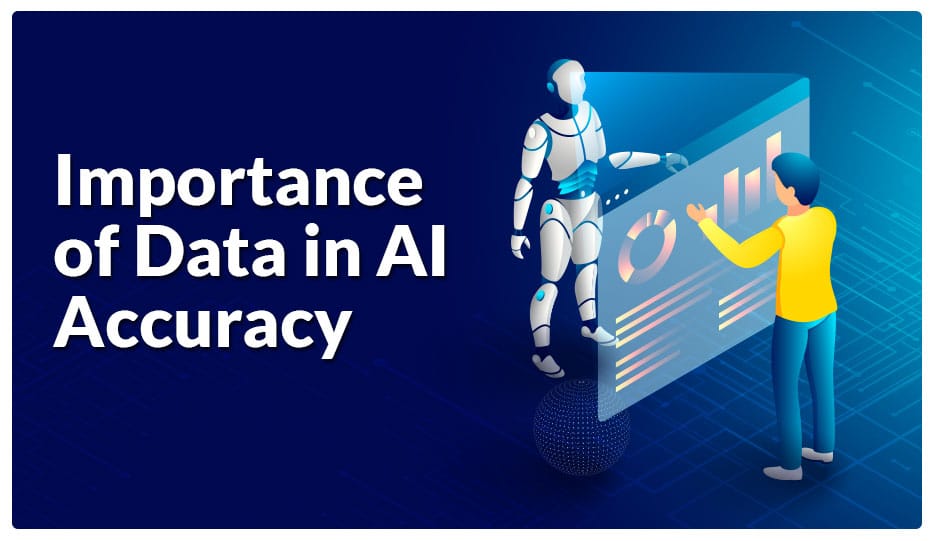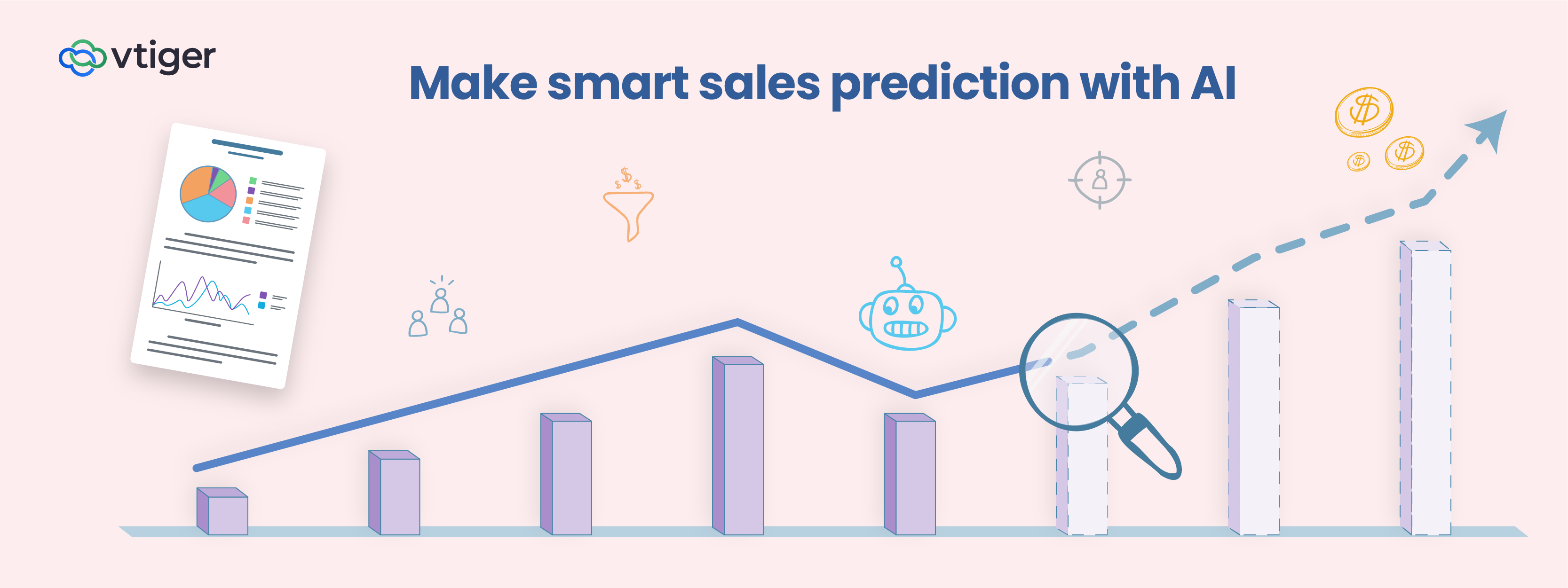Improving Accuracy and Precision in AI Predictions

Introduction
Artificial Intelligence (AI) has revolutionized various industries by enabling machines to perform complex tasks that were once exclusive to humans. One of the key aspects of AI is its ability to make predictions based on data analysis. However, the accuracy and precision of these predictions are crucial for AI systems to be reliable and trustworthy. In this blog post, we will explore the importance of improving accuracy and precision in AI predictions and discuss some strategies to achieve better results.
1. High-Quality Data Collection
The foundation of accurate AI predictions lies in high-quality data collection. It is crucial to gather relevant and diverse data sets that represent the real-world scenarios accurately. By ensuring the data is comprehensive and unbiased, AI models can make more accurate predictions.
2. Data Preprocessing and Cleaning
Prior to training AI models, data preprocessing and cleaning play a vital role in improving accuracy. This involves removing outliers, handling missing values, and normalizing the data. By ensuring the data is consistent and error-free, AI models can generate more precise predictions.
3. Feature Engineering

Feature engineering involves selecting and transforming relevant features from the data to improve prediction accuracy. By identifying the most informative features and creating new ones, AI models can capture complex patterns and relationships, leading to more accurate predictions.
4. Model Selection and Tuning
Choosing the appropriate AI model and fine-tuning its parameters is crucial for accurate predictions. Different models have varying strengths and weaknesses, and selecting the right one for the specific task is essential. Regularly evaluating and optimizing the model’s performance can further enhance accuracy and precision.
5. Ensemble Methods
Ensemble methods combine multiple AI models to make predictions, often resulting in improved accuracy and precision. Techniques such as bagging, boosting, and stacking can be employed to leverage the strengths of different models and reduce individual model biases.
6. Continuous Learning and Updating
AI models should be continuously updated with new data to adapt to changing patterns and trends. By incorporating a feedback loop and retraining the models periodically, accuracy and precision can be improved over time. This ensures that the predictions remain relevant and reliable in dynamic environments.
Summary
Accurate and precise predictions are essential for AI systems to provide reliable insights and make informed decisions. While AI algorithms have made significant advancements, there is always room for improvement. Here are some key takeaways to enhance accuracy and precision in AI predictions:
- High-quality data: Ensuring the availability of clean, relevant, and diverse data is crucial for training AI models. Data preprocessing techniques can help eliminate noise and biases, leading to more accurate predictions.
- Feature engineering: Selecting and transforming the right features can significantly impact prediction accuracy. Domain knowledge and understanding the problem at hand are essential for effective feature engineering.
- Model selection and optimization: Choosing the appropriate AI model and optimizing its parameters can greatly enhance prediction accuracy. Regular evaluation and fine-tuning of models are necessary to achieve the desired precision.
- Ensemble methods: Combining multiple AI models through ensemble methods can improve prediction accuracy by reducing individual model biases and errors.
- Continuous learning and feedback loops: AI systems should be designed to learn from new data and user feedback. Regular updates and retraining can help improve accuracy and precision over time.
By implementing these strategies, organizations can enhance the accuracy and precision of AI predictions, leading to more reliable and valuable insights. As AI continues to evolve, the pursuit of better accuracy and precision remains a critical asp Learn More Here ect of its development.
- Q: How can accuracy and precision in AI predictions be improved?
- A: Accuracy and precision in AI predictions can be improved through various methods such as increasing the size and quality of the training data, fine-tuning the model parameters, reducing bias in the data, implementing ensemble methods, and regularly updating and retraining the AI model.
- Q: What role does training data play in improving accuracy and precision?
- A: Training data plays a crucial role in improving accuracy and precision. By providing a diverse and representative dataset, the AI model can learn patterns and make more accurate predictions. Increasing the size and quality of the training data can lead to better performance.
- Q: How can bias in AI predictions be reduced?
- A: Bias in AI predictions can be reduced by carefully examining the training data for any biases and taking steps to mitigate them. This can involve diversifying the dataset, ensuring fair representation of different groups, and regularly evaluating the model’s performance for any biased outcomes.
- Q: What are ensemble methods and how do they improve accuracy and precision?
- A: Ensemble methods involve combining multiple AI models to make predictions. By aggregating the outputs of different models, ensemble methods can reduce errors and improve accuracy and precision. This approach helps to capture diverse perspectives and increase the overall performance of the AI system.
- Q: Why is it important to regularly update and retrain AI models?
- A: Regularly updating and retraining AI models is important to ensure their accuracy and precision over time. As new data becomes available and the environment changes, models need to adapt. By retraining the models with fresh data, they can learn from new patterns and improve their predictions.

Hello, I’m Brayden Denman, a passionate and experienced Mobile App Developer specializing in Cloud Computing, Software Development, Mobile App Integration, and AI & Machine Learning. With a strong background in these fields, I strive to create innovative and user-friendly solutions that meet the ever-evolving needs of businesses and individuals.
Introduction Artificial Intelligence (AI) has revolutionized various industries by enabling machines to perform complex tasks that were once exclusive to humans. One of the key aspects of AI is its ability to make predictions based on data analysis. However, the accuracy and precision of these predictions are crucial for AI systems to be reliable and…

Hello, I’m Brayden Denman, a passionate and experienced Mobile App Developer specializing in Cloud Computing, Software Development, Mobile App Integration, and AI & Machine Learning. With a strong background in these fields, I strive to create innovative and user-friendly solutions that meet the ever-evolving needs of businesses and individuals. Read More.
Recent Posts
- Challenges in Cross-Platform Digital Asset Search and Retrieval
- The Role of AI in Enhancing Digital Asset Retrieval
- Implementing Automation in Digital Asset Recovery Processes
- Digital Asset Retrieval: Addressing Security and Privacy Concerns
- Optimizing Metadata for Quicker Digital Asset Discovery
- Overcoming Barriers in Searching and Accessing Digital Assets
- Best Practices for Efficient Digital Asset Retrieval
- Harnessing the Power of Deep Learning: A Beginner’s Guide
- Scalability Issues in Large-Scale Machine Learning Projects
- Navigating the Ethical Challenges of AI Implementations
